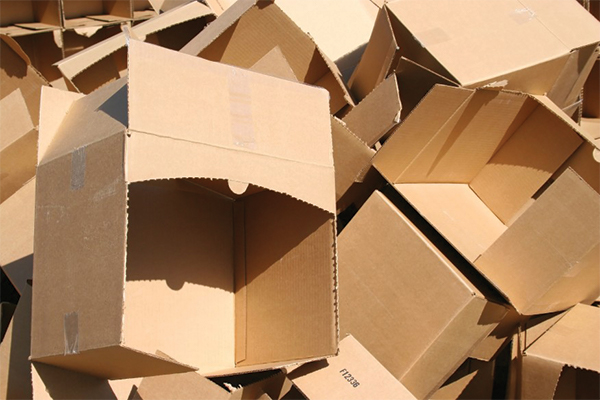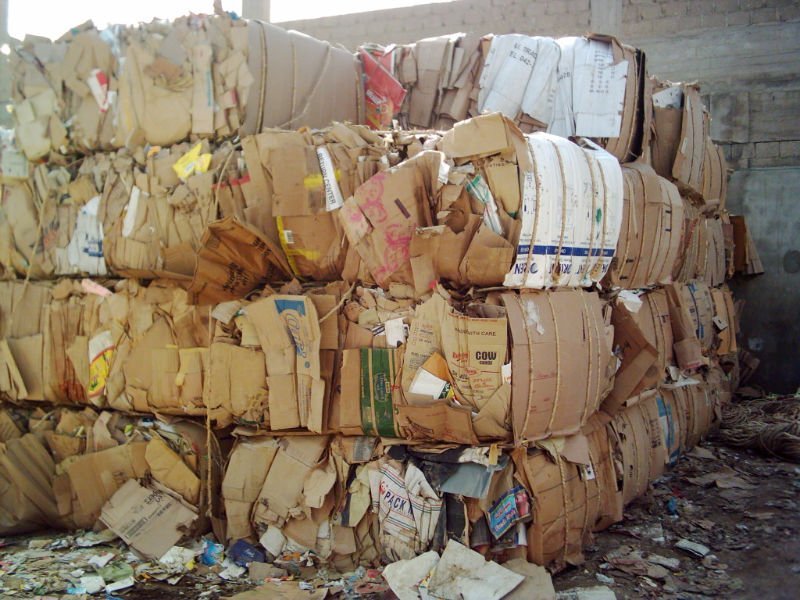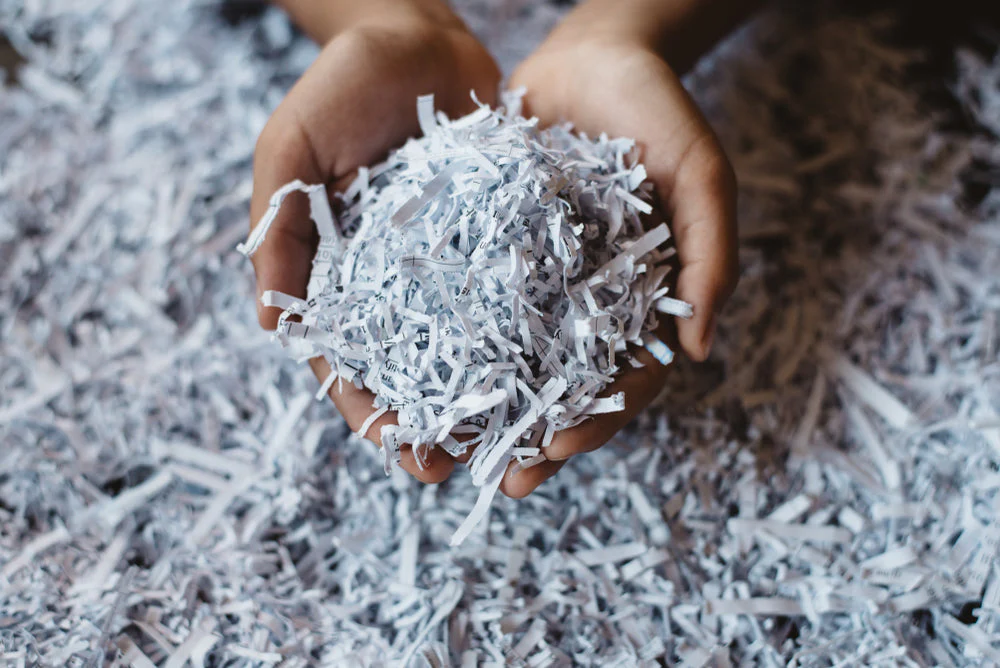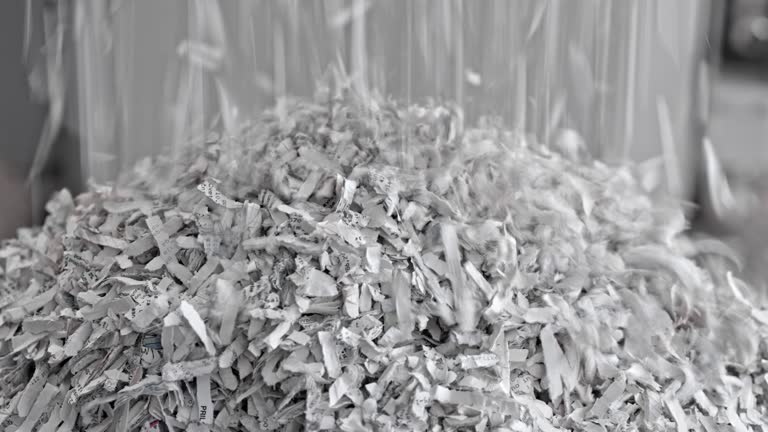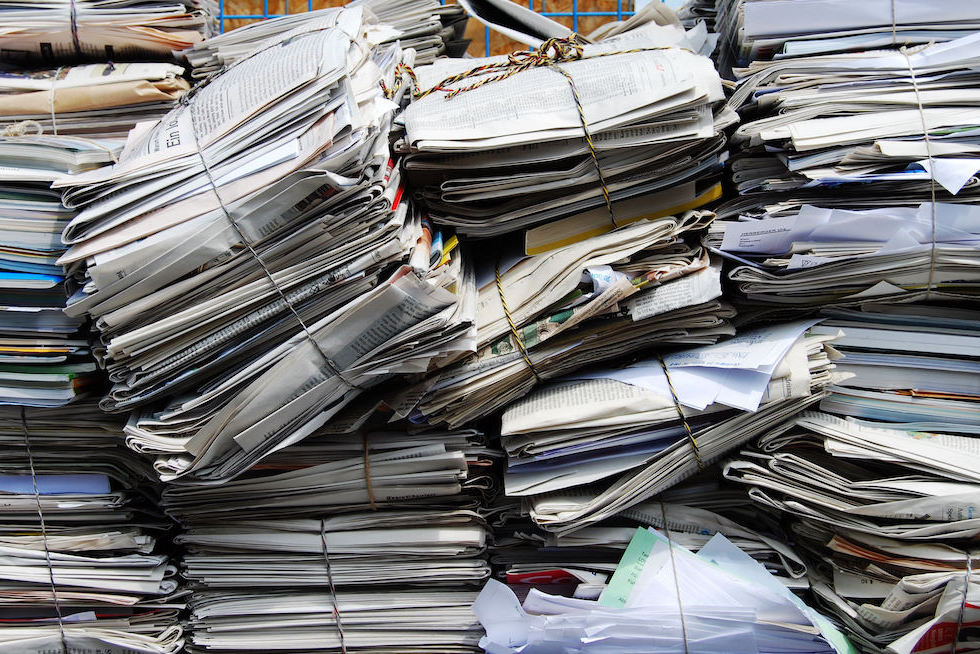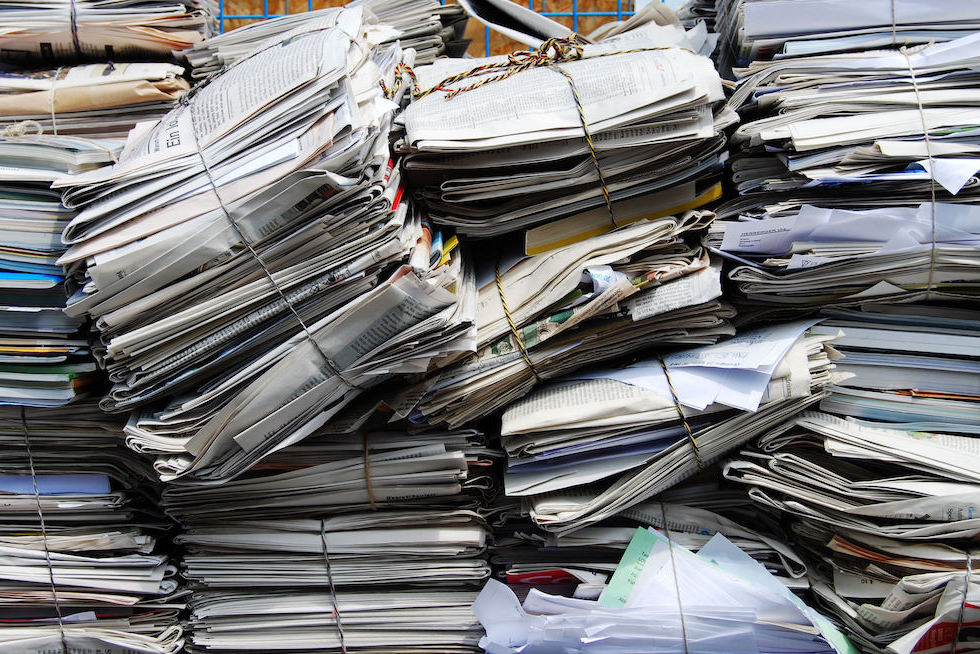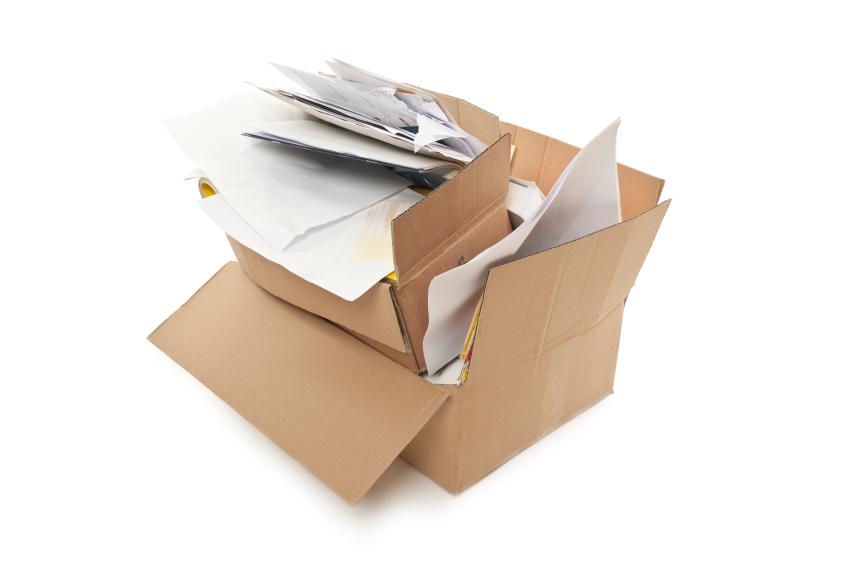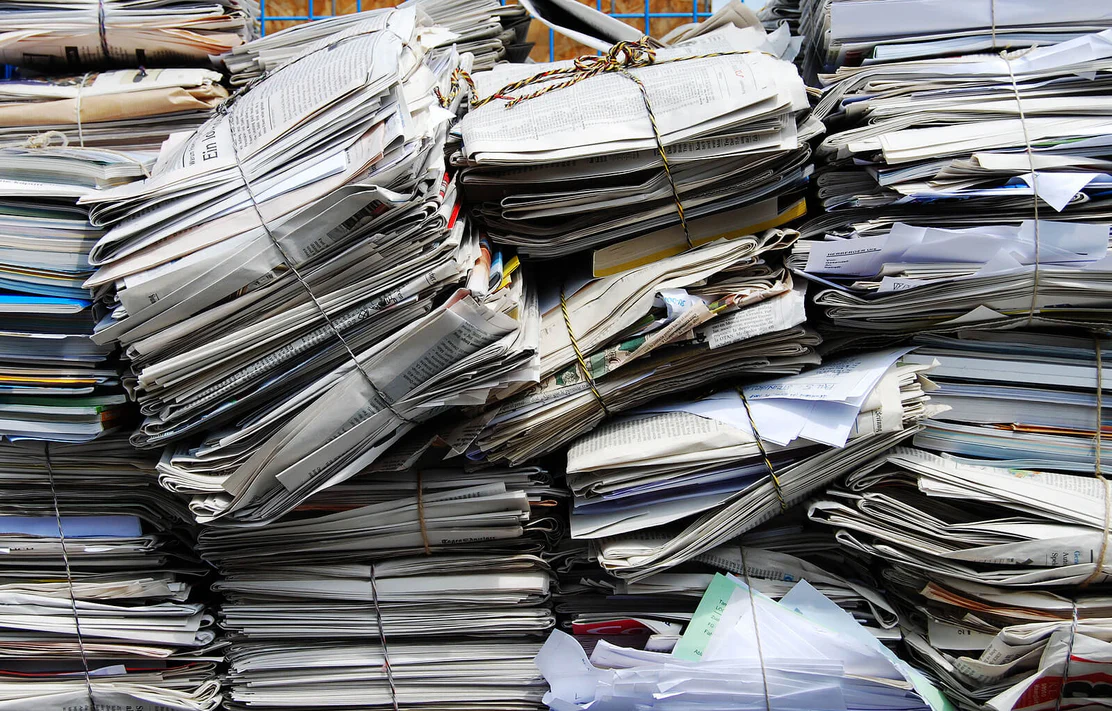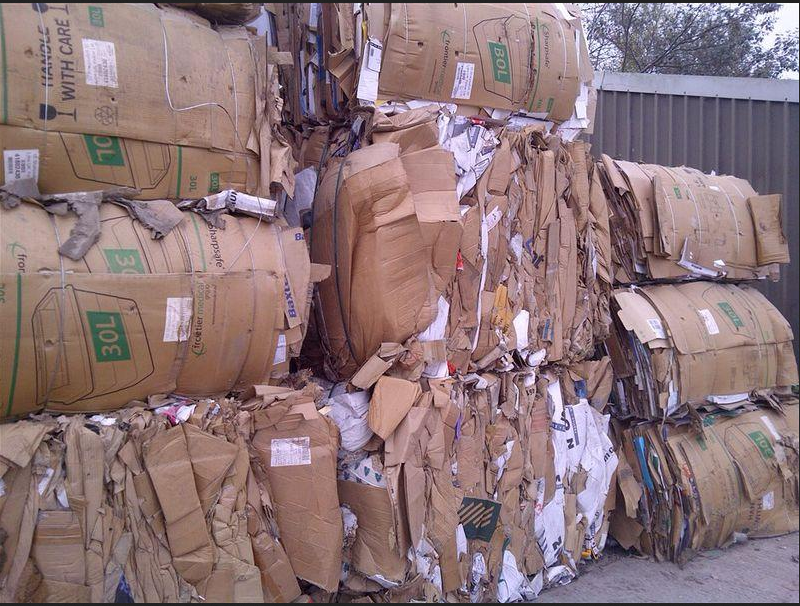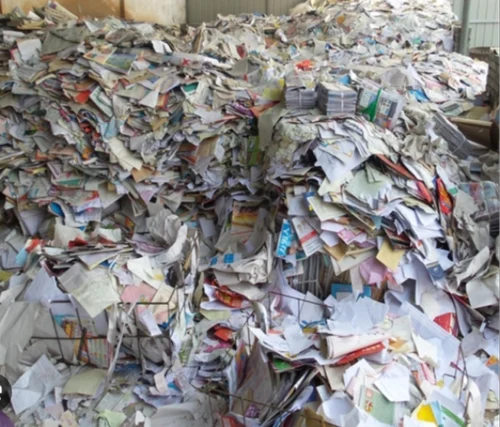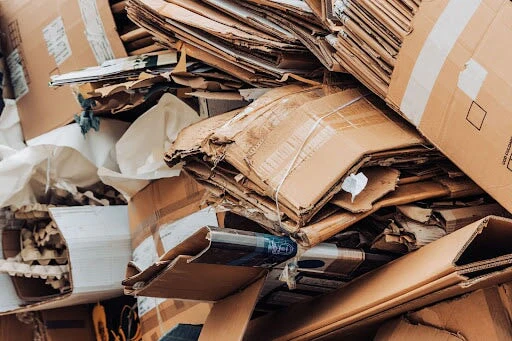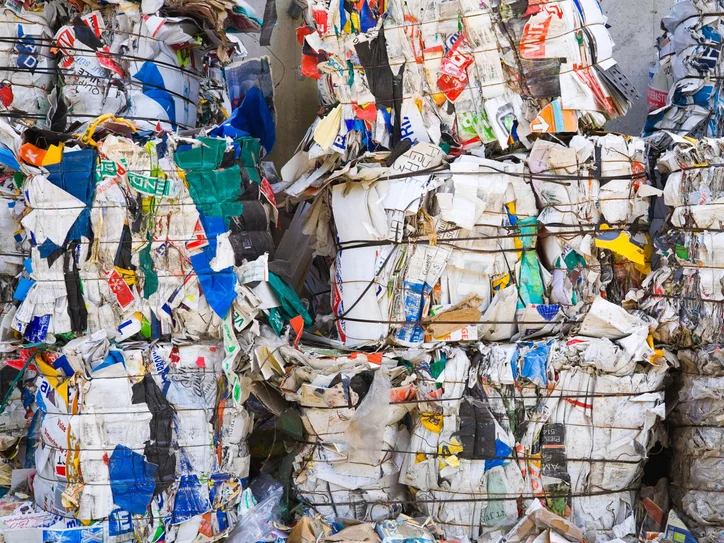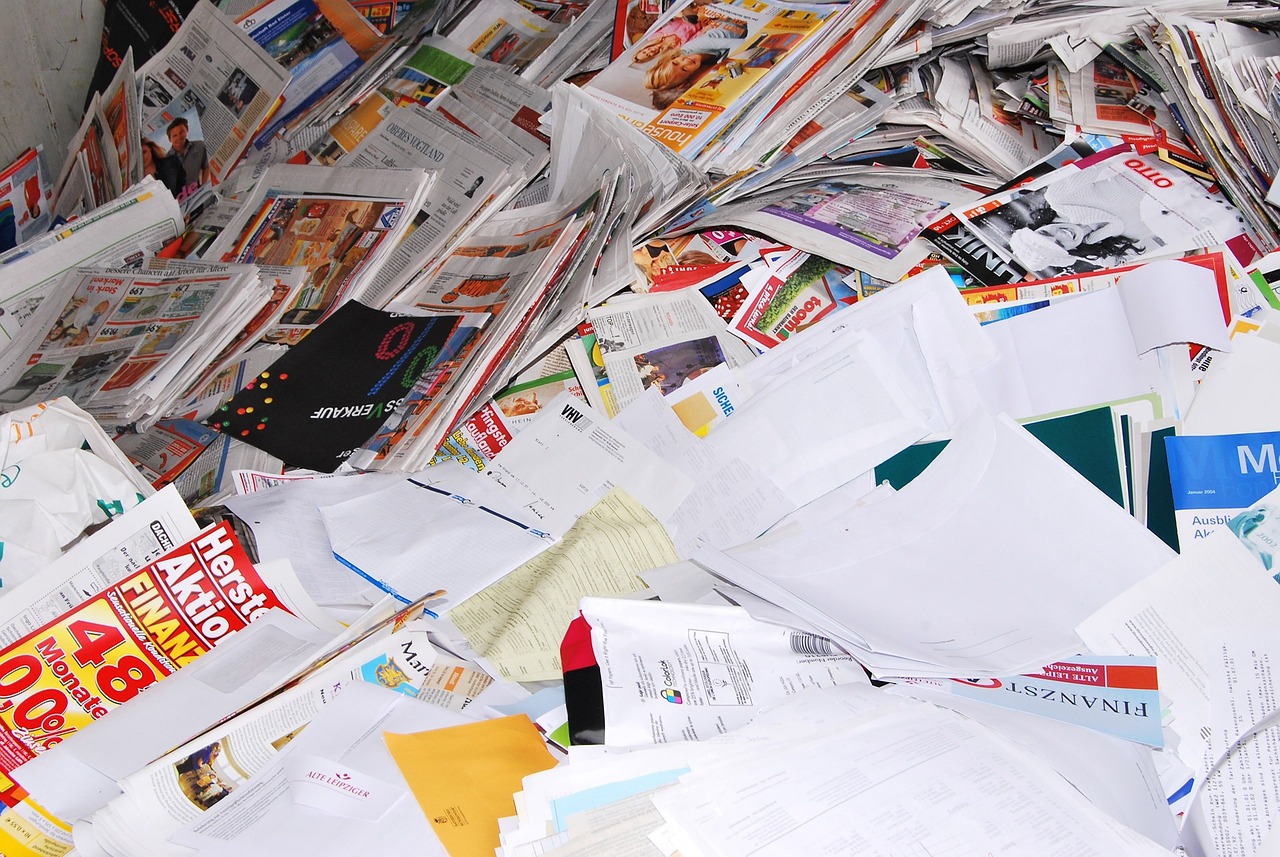Description
Paper scrap, encompassing materials such as cardboard and office paper, is a significant component of waste streams in both residential and commercial settings. As one of the most common materials discarded daily, understanding its impact and potential for recycling is crucial in today’s sustainability efforts. Cardboard, often used in packaging, is particularly notable for its recyclability—if processed properly, it can be transformed into new cardboard products, thereby conserving resources and reducing landfill overflow.
In office environments, the accumulation of used and misprinted office paper can lead to large volumes of paper waste, but it also presents an opportunity for recycling. By establishing effective recycling programs, businesses can divert paper scrap from landfills, leading to reduced carbon emissions and a smaller environmental footprint. Moreover, recycling office paper can save trees, minimize energy consumption, and promote a circular economy where materials are continuously reused rather than discarded.
Beyond recycling, the creative reuse of paper scrap is gaining traction in various fields, including arts and crafts, education, and even innovative business solutions. Practices such as upcycling—transforming discarded paper into new products—have sparked interest among environmentally conscious consumers and entrepreneurs alike. By exploring alternative uses for paper scrap, we can foster a culture of sustainability that encourages resourcefulness and creativity while mitigating environmental degradation. Ultimately, paper scrap can be more than just waste; it can be a valuable resource that contributes to a greener, more sustainable future.


